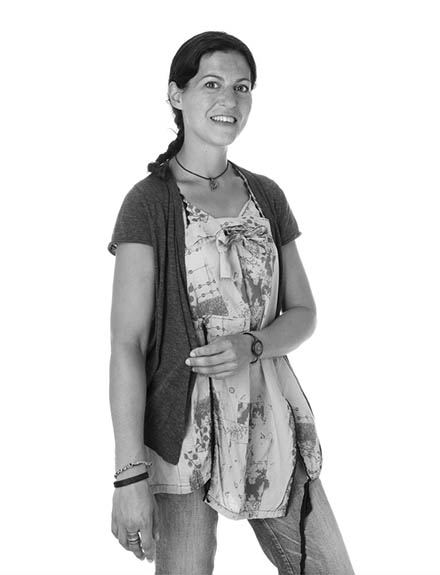| marie-hélène le ny |
|
photographist |
|
The land registry for shellfish farming takes a census of the marine lots leased to shellfish farmers and some of their characteristics.. Leasing grounds are consistently placed with regard to marine currents, to avoid silting up of the estuary basin. In general, oysters are farmed in estuaries because they need a mixture of freshwater and seawater to grow. Oyster farming is relatively new, it has almost replaced the fishing activity. There have been large trends towards industrialization, with hard marketing pressure on the product associated with its nature because we eat it fresh, even alive. In contradistinction, there are fervent defenders of traditions who try to work as their grandparents did, with quality oysters, taking time to allow them to grow. They consider themselves as gardeners of the sea, stakeholders of the marine landscape and foreshore life.” |
|
||
|
Coralie
Lupo |
|||
|
|
|
|
